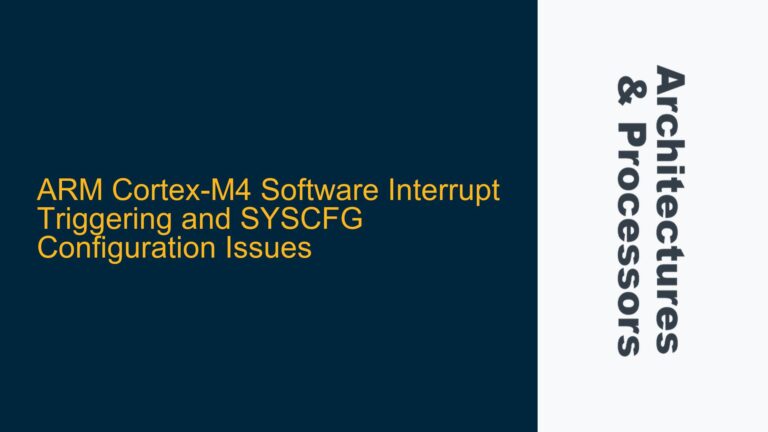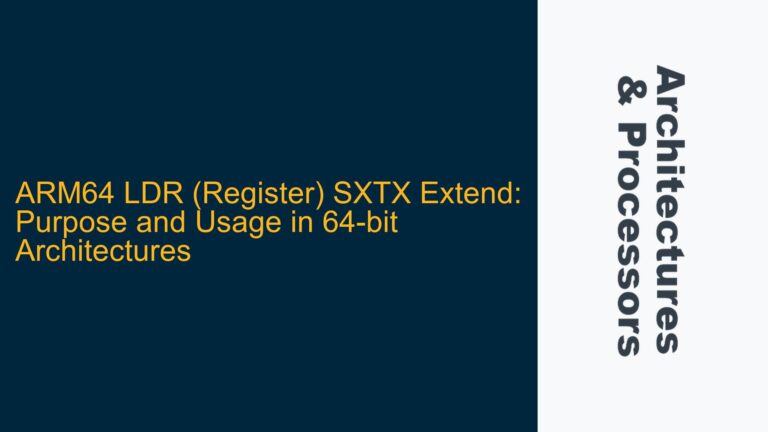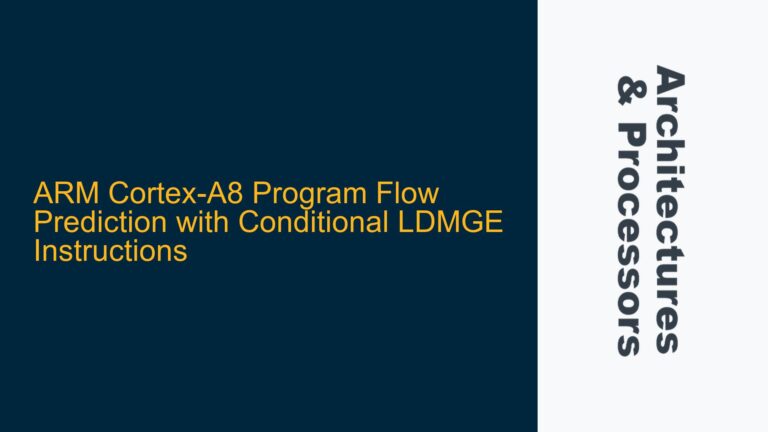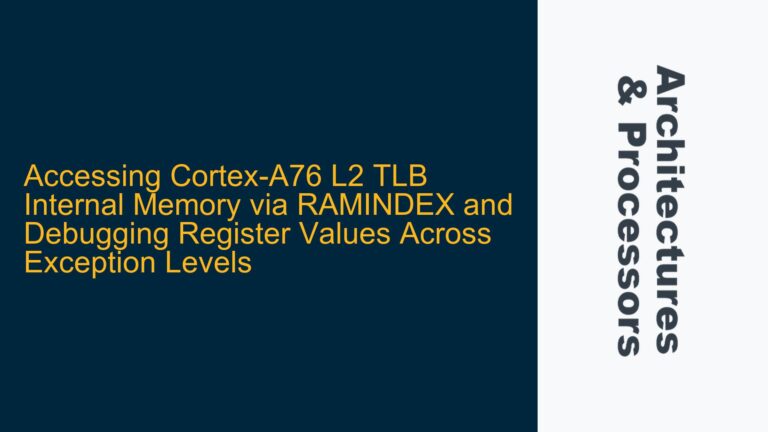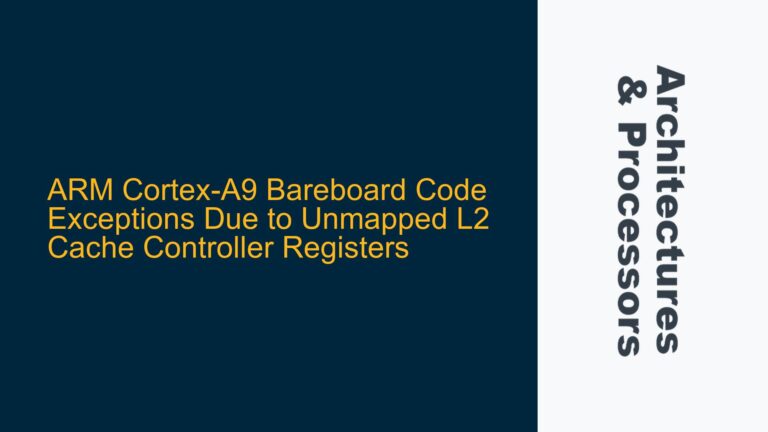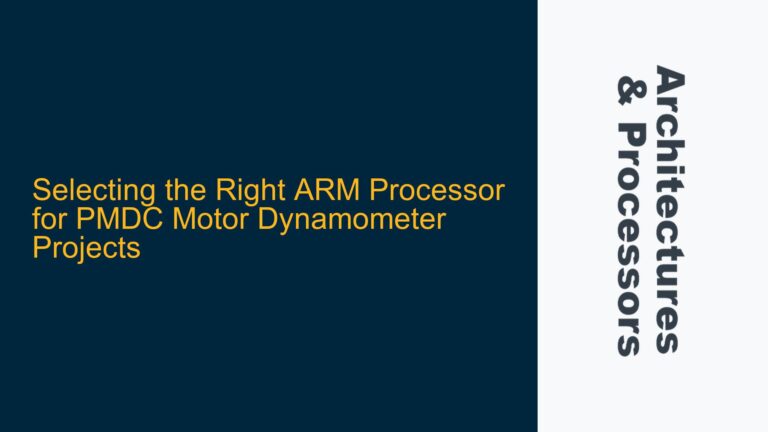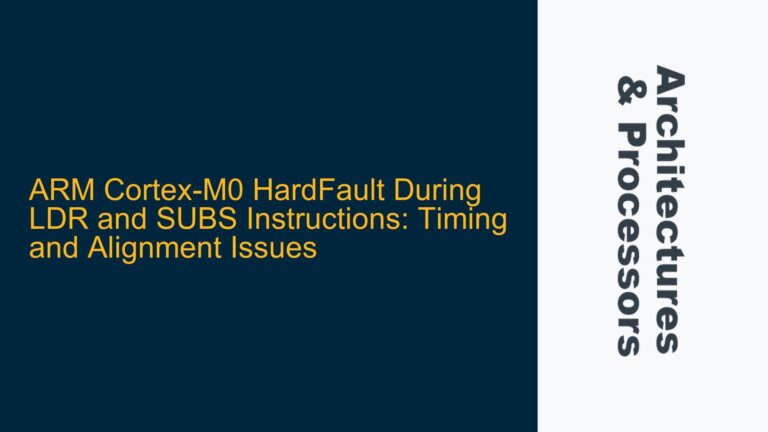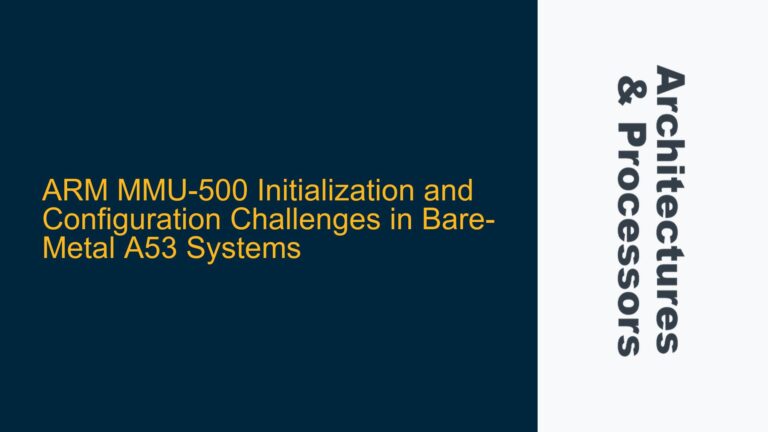ARM Cortex-M4 Software Interrupt Triggering and SYSCFG Configuration Issues
ARM Cortex-M4 Software Interrupt Triggering via SYSCFG Configuration The ARM Cortex-M4 microcontroller, specifically the STM32F429-DISCO variant, presents a unique challenge when attempting to trigger a software interrupt by modifying the System Configuration Controller (SYSCFG) registers. The goal is to manipulate the SYSCFG_EXTICR1 register to configure the EXTI (External Interrupt) lines, thereby triggering a software interrupt….
